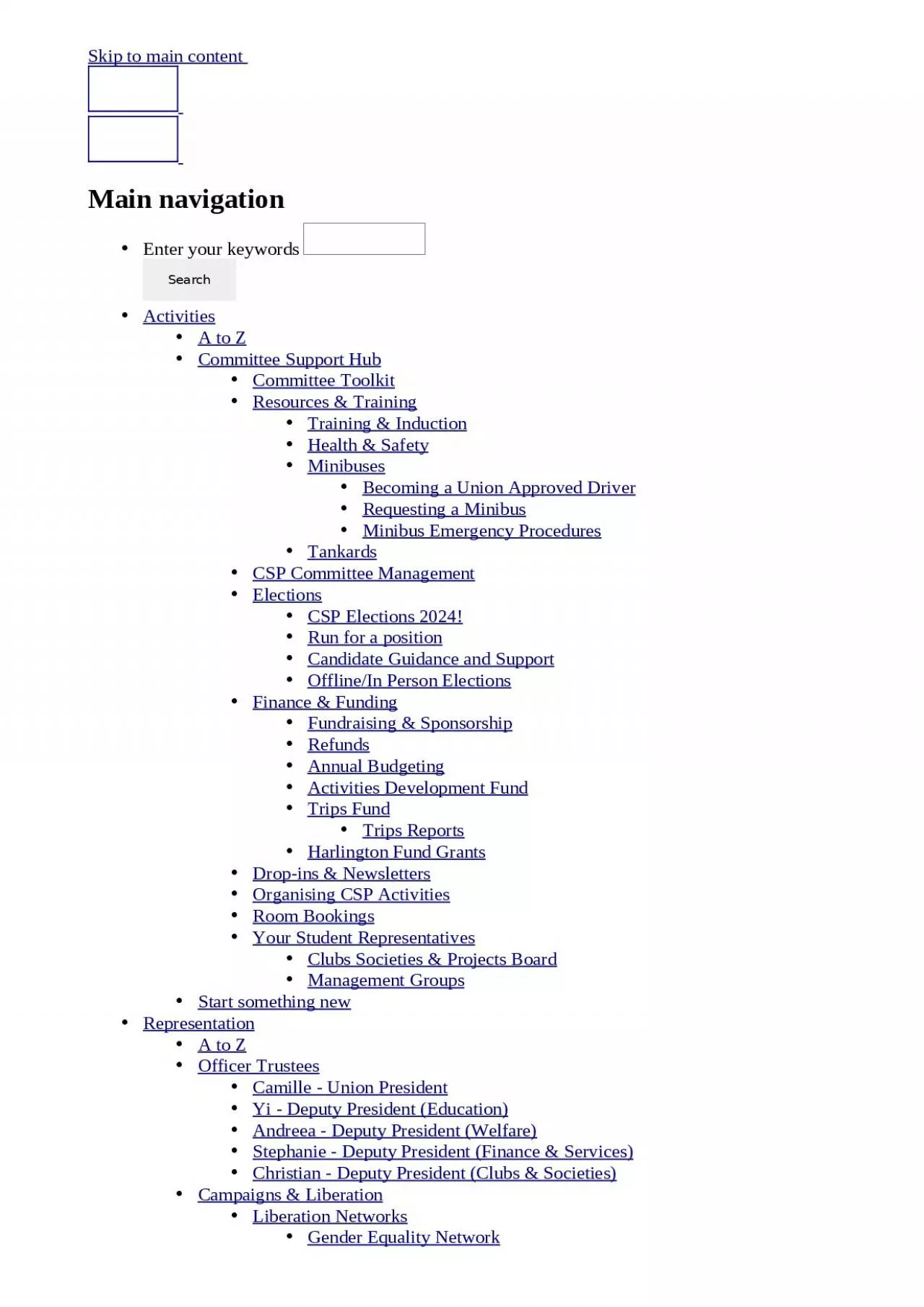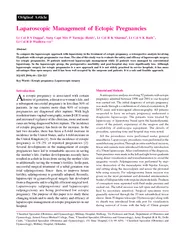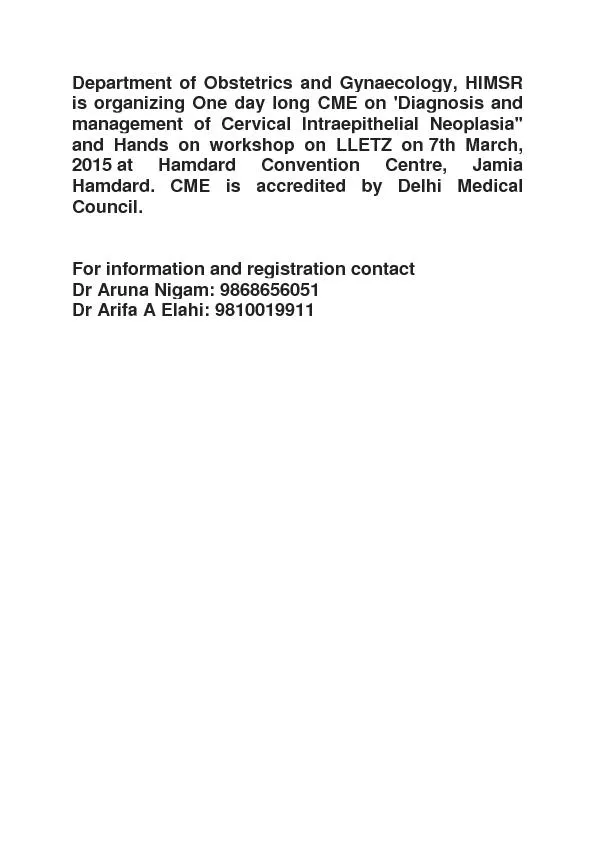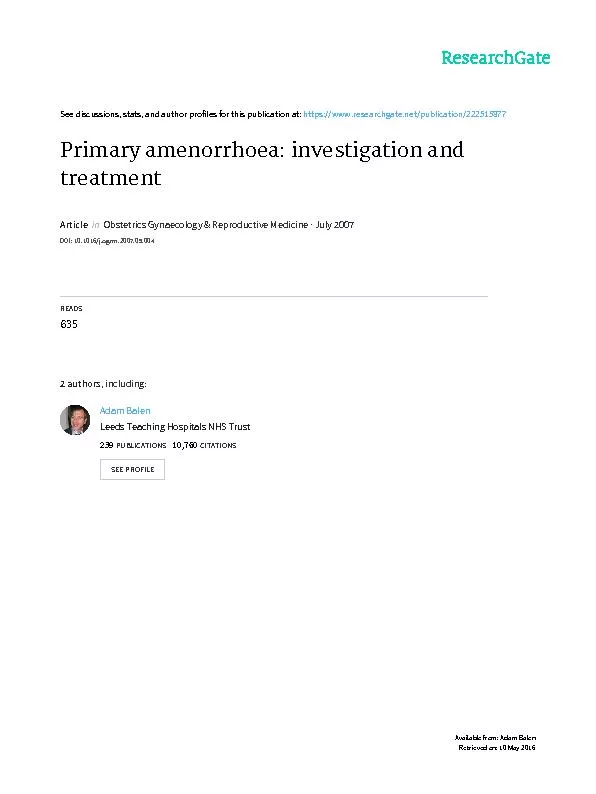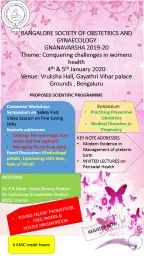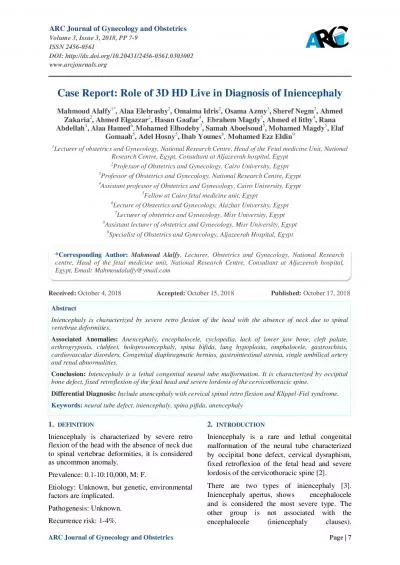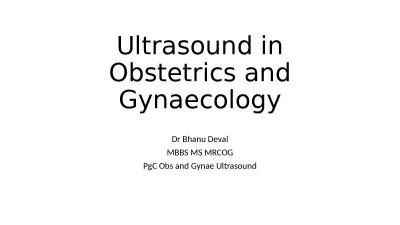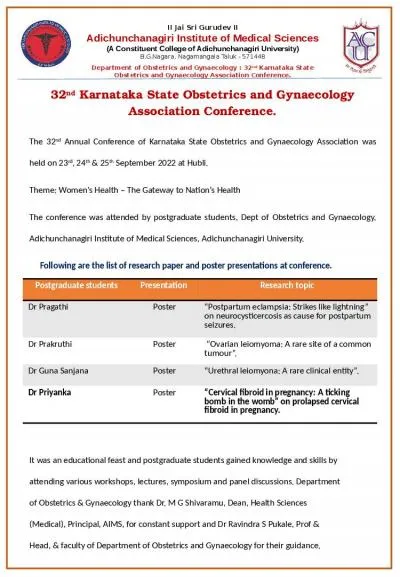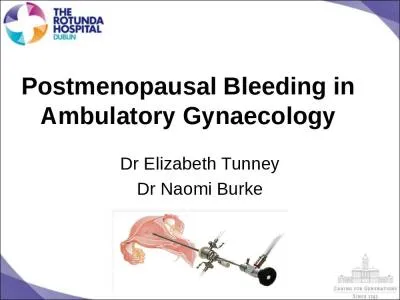PPT-PACES Revision Obstetrics and Gynaecology
Author : OneAndOnly | Published Date : 2022-07-28
Kindly sponsored by 27042012 Amrita banerjee amp OLA MARKIEWICZ Plan for the morning 91030 Lecture demonstration station 10301100 Break 1100 1230 Mock PACES
Presentation Embed Code
Download Presentation
Download Presentation The PPT/PDF document "PACES Revision Obstetrics and Gynaecolog..." is the property of its rightful owner. Permission is granted to download and print the materials on this website for personal, non-commercial use only, and to display it on your personal computer provided you do not modify the materials and that you retain all copyright notices contained in the materials. By downloading content from our website, you accept the terms of this agreement.
PACES Revision Obstetrics and Gynaecology: Transcript
Download Rules Of Document
"PACES Revision Obstetrics and Gynaecology"The content belongs to its owner. You may download and print it for personal use, without modification, and keep all copyright notices. By downloading, you agree to these terms.
Related Documents

